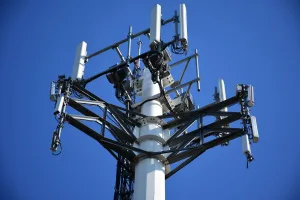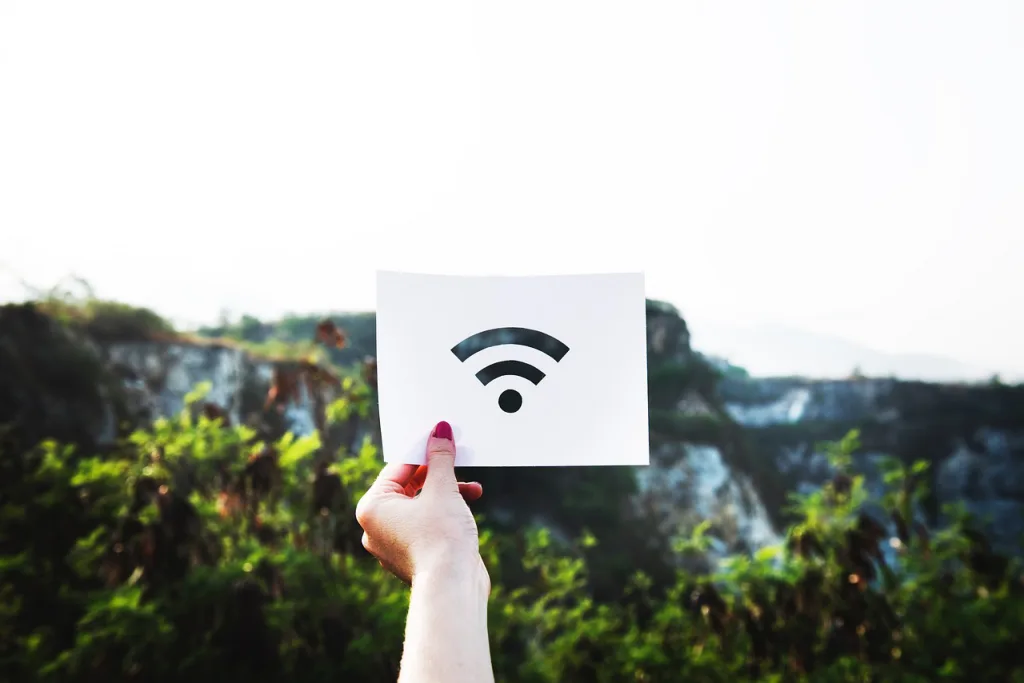Line of Sight (LoS) Internet is a form of wireless communication technology that provides broadband internet services through a direct visual path between the transmitting and receiving equipment. This innovative approach to internet connectivity is essential in areas where traditional wired broadband installations are challenging, impractical, or cost-prohibitive. LoS Internet leverages high-frequency radio waves to deliver high-speed internet access, making it a valuable solution for rural, remote, and underserved regions.
 How Line of Sight Internet Works
How Line of Sight Internet Works
The fundamental principle behind Line of Sight Internet is relatively straightforward: a signal is transmitted directly from a fixed wireless access point (usually located on a tower or high building) to a specific receiver installed at the user’s location. For the connection to be established and maintained, there must be an unobstructed path between these two points, free from physical obstructions like buildings, trees, or significant terrain features.
 Key Components of LoS Internet:
Key Components of LoS Internet:
- Transmitter: The source of the broadband signal, often located on elevated structures to maximize coverage.
- Receiver: A specialized antenna located at the user’s premises, designed to receive the signal from the transmitter.
- Radio Waves: High-frequency waves that carry the internet data between the transmitter and receiver.
 Advantages of Line of Sight Internet
Advantages of Line of Sight Internet
Broadband Access in Remote Areas
One of the most significant benefits of LoS Internet is its ability to provide high-speed internet access to rural and remote areas, where laying fiber or cable is not viable due to geographical challenges or high costs.
Rapid Deployment
Compared to traditional wired internet infrastructures, LoS Internet can be deployed quickly. Once a central transmission point is established, users within the line of sight can be connected to the internet by simply installing a receiver.
High-Speed Connectivity
Despite the wireless nature of the technology, LoS Internet can offer speeds comparable to DSL and cable internet, making it suitable for a wide range of online activities, including streaming, gaming, and video conferencing.
Considerations and Limitations
While Line of Sight Internet presents a compelling option for many users, there are some considerations:
- Physical Obstructions: The biggest challenge is ensuring a clear line of sight. Obstructions like trees, buildings, and terrain can interfere with the signal, impacting the quality of the connection.
- Weather Sensitivity: Extreme weather conditions, such as heavy rain or fog, can affect signal strength and reliability, though advances in technology are continually mitigating these effects.
- Distance Limitations: The effective range of LoS Internet is typically limited to about 10 miles from the transmitter, although this can vary based on the specific technology and equipment used.
The Future of Line of Sight Internet
As technology advances, the potential for Line of Sight Internet to close the digital divide grows. Innovations in signal processing, antenna design, and frequency management are continually expanding the reach, reliability, and speed of LoS connections. Furthermore, as the demand for universal internet access increases, LoS Internet remains a crucial technology for connecting underserved communities, fostering educational opportunities, and supporting economic development in remote areas.
In summary, Line of Sight Internet offers a practical solution for high-speed broadband access in areas beyond the reach of traditional wired services. With its ability to provide rapid deployment and connectivity in challenging environments, LoS Internet plays a pivotal role in bridging the global connectivity gap.

